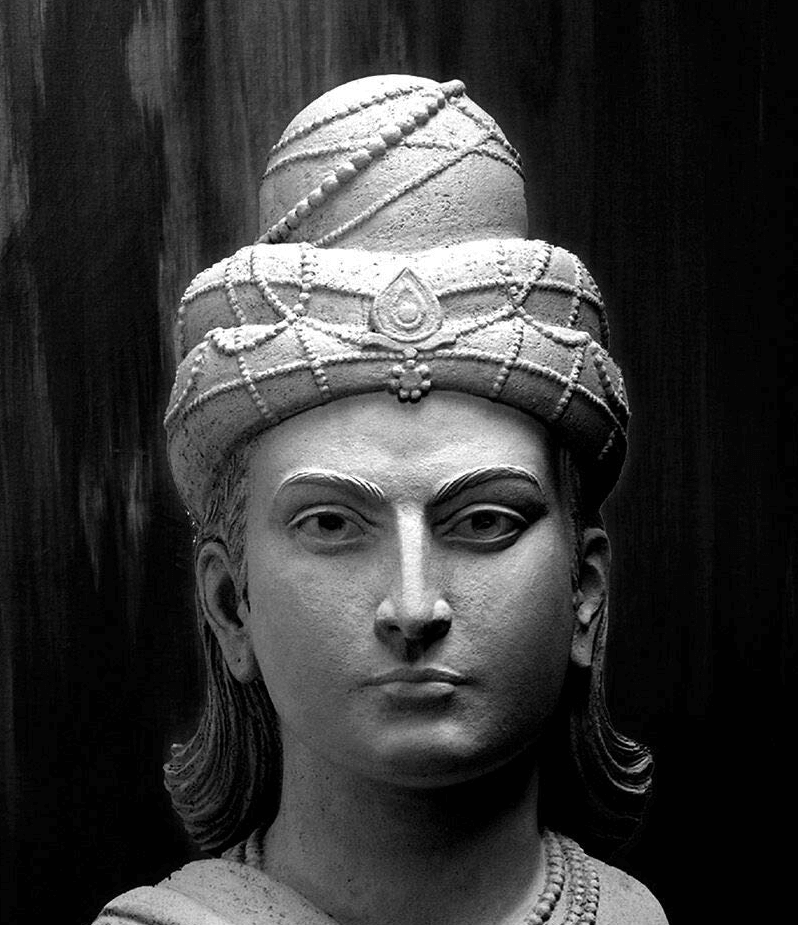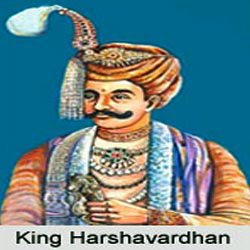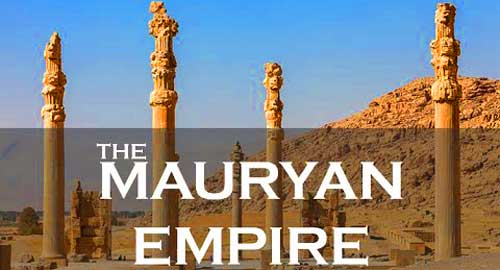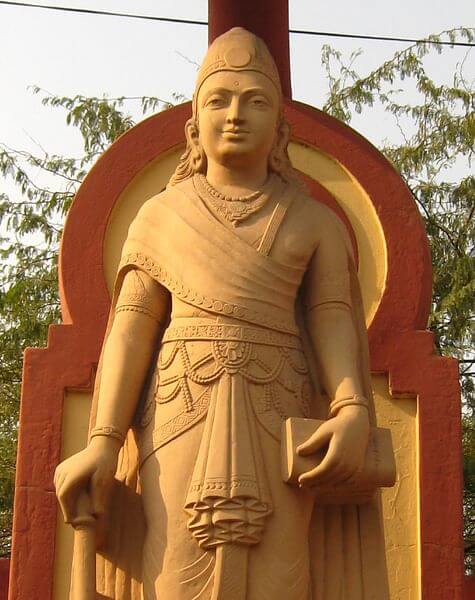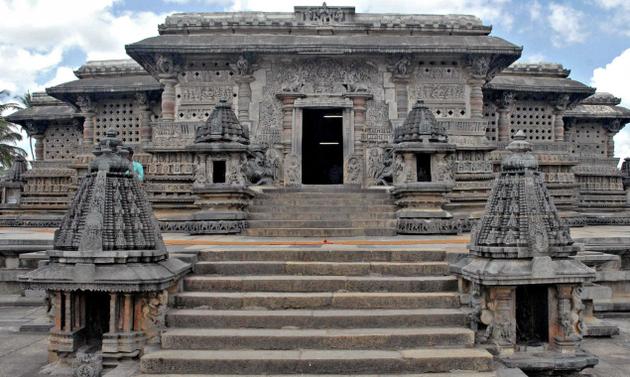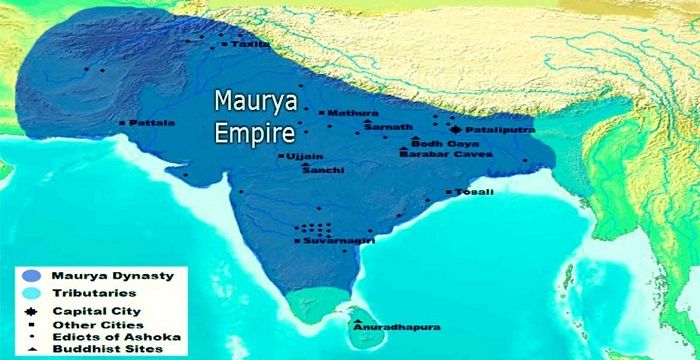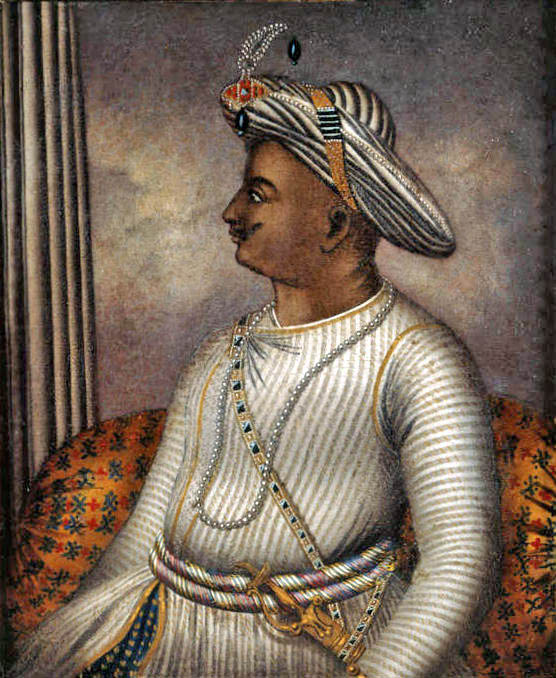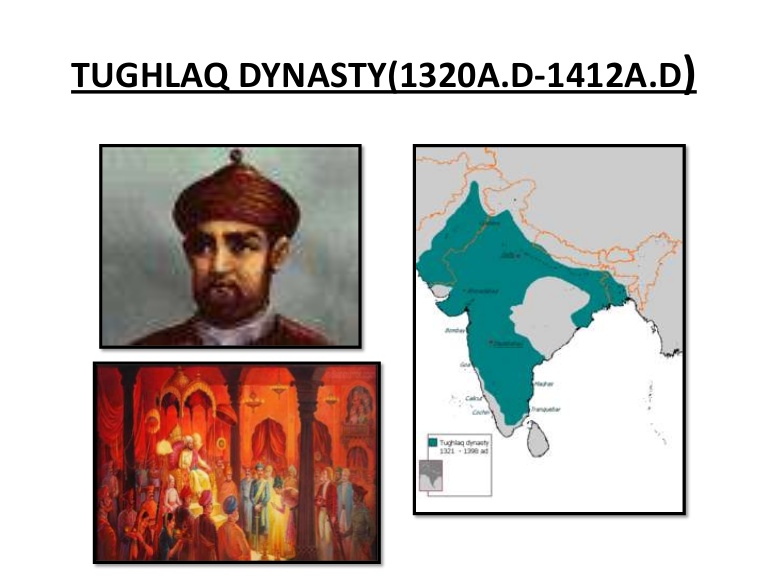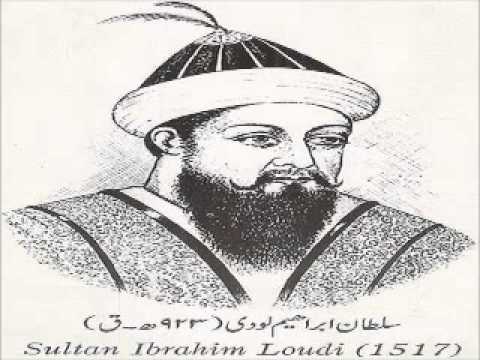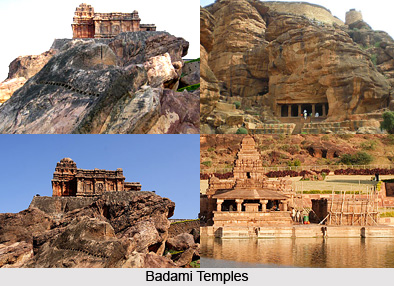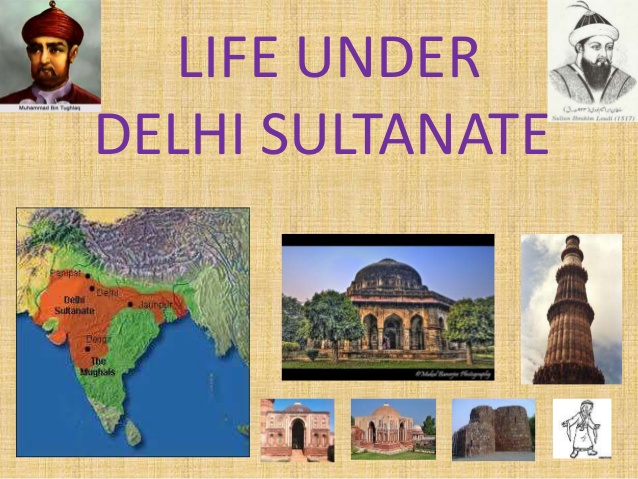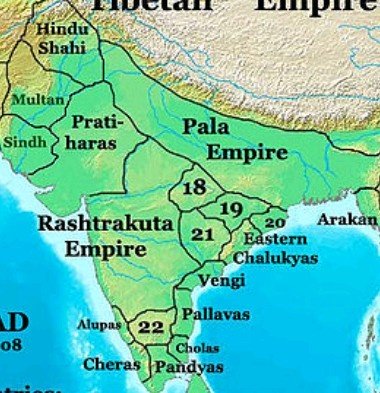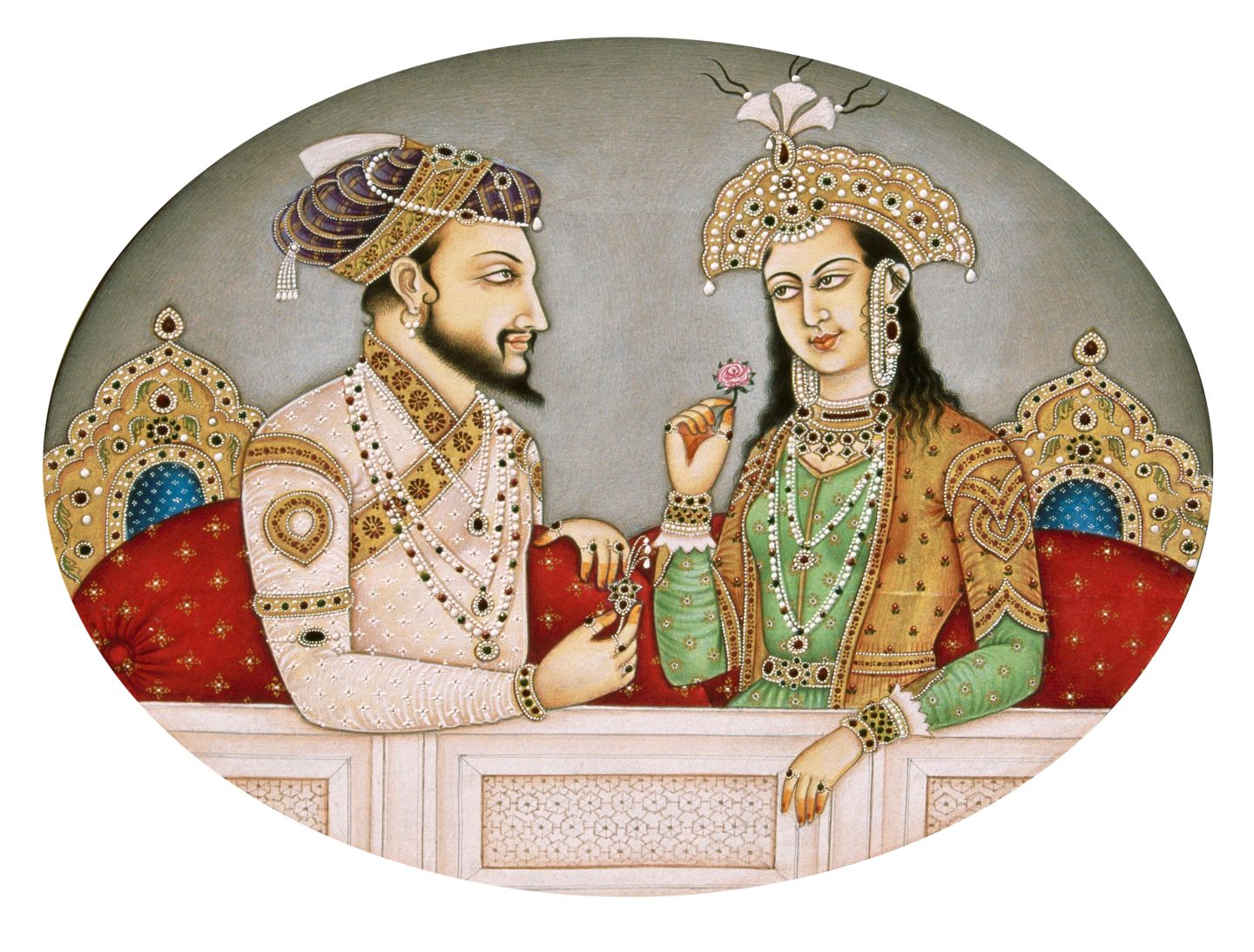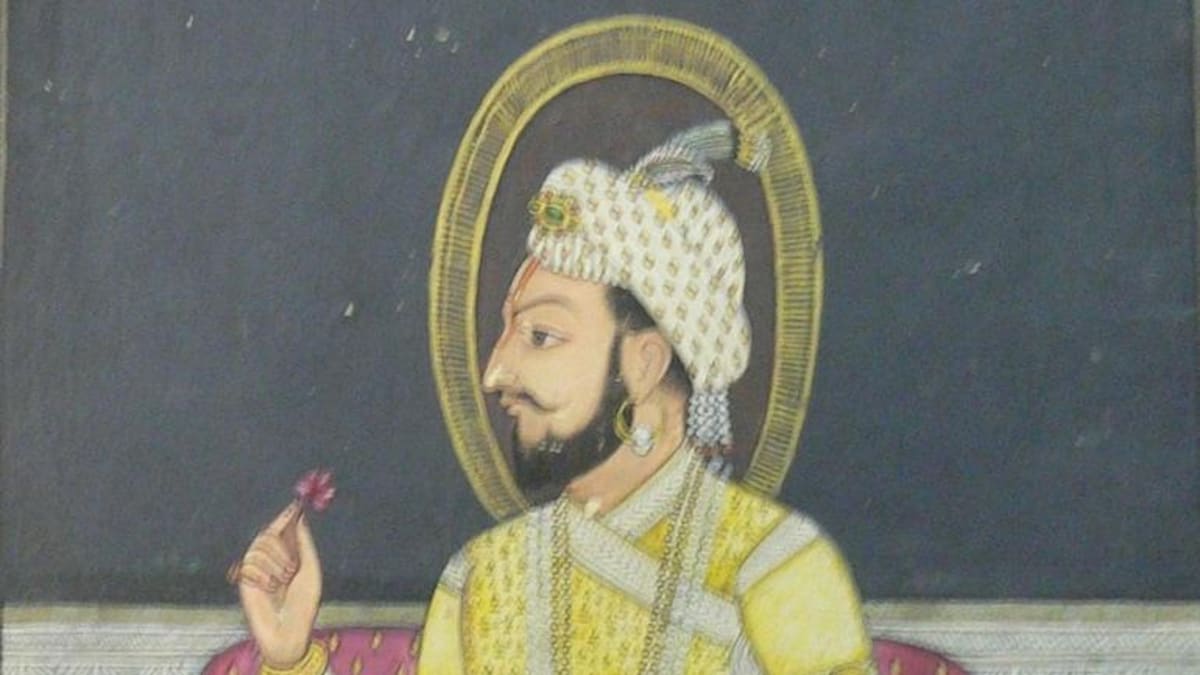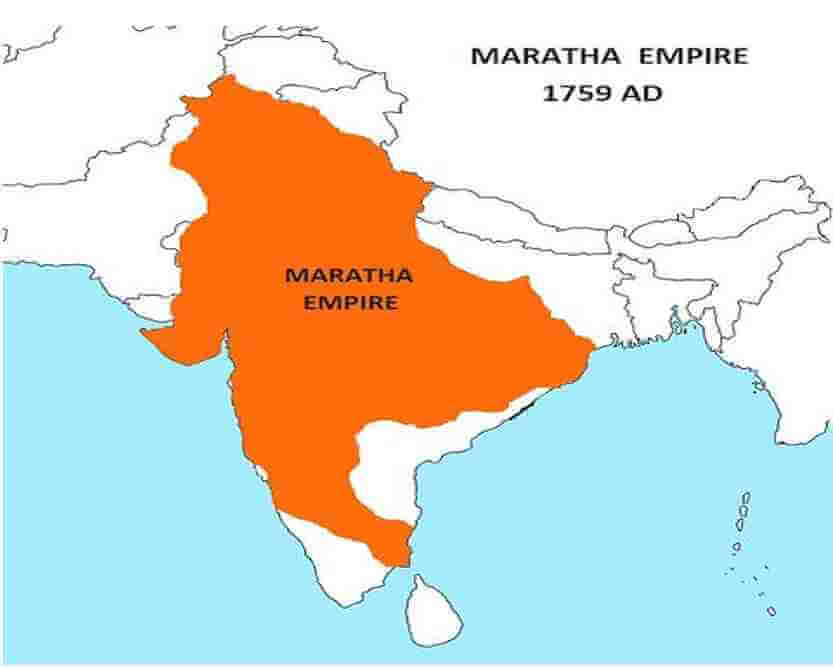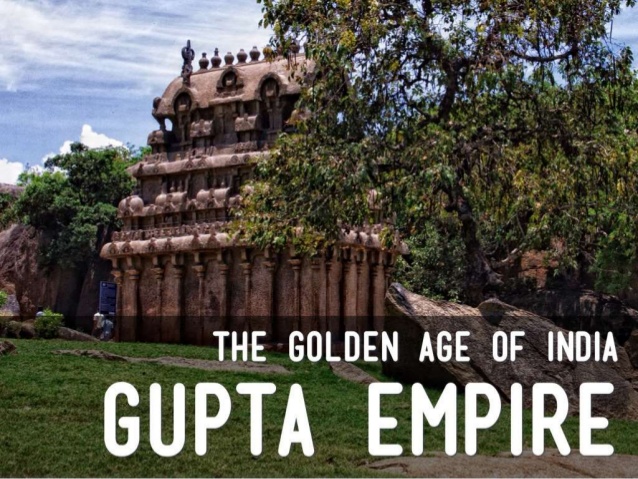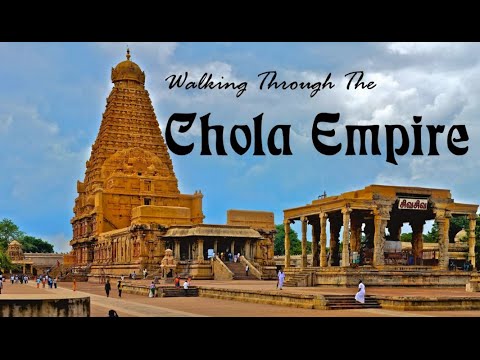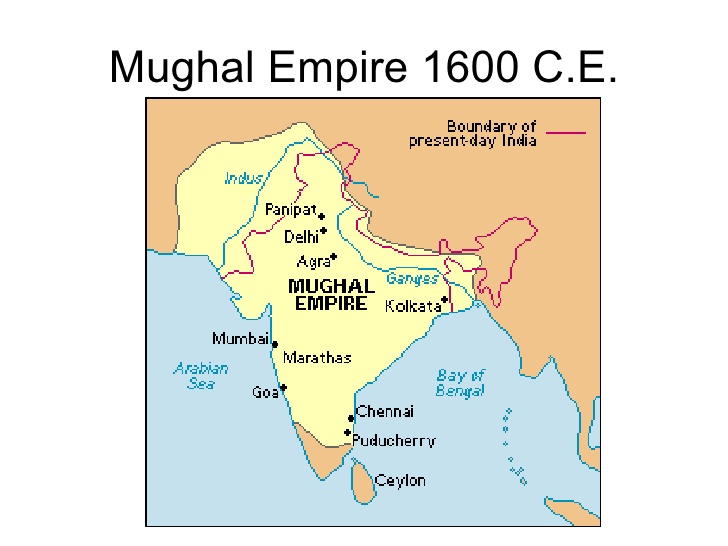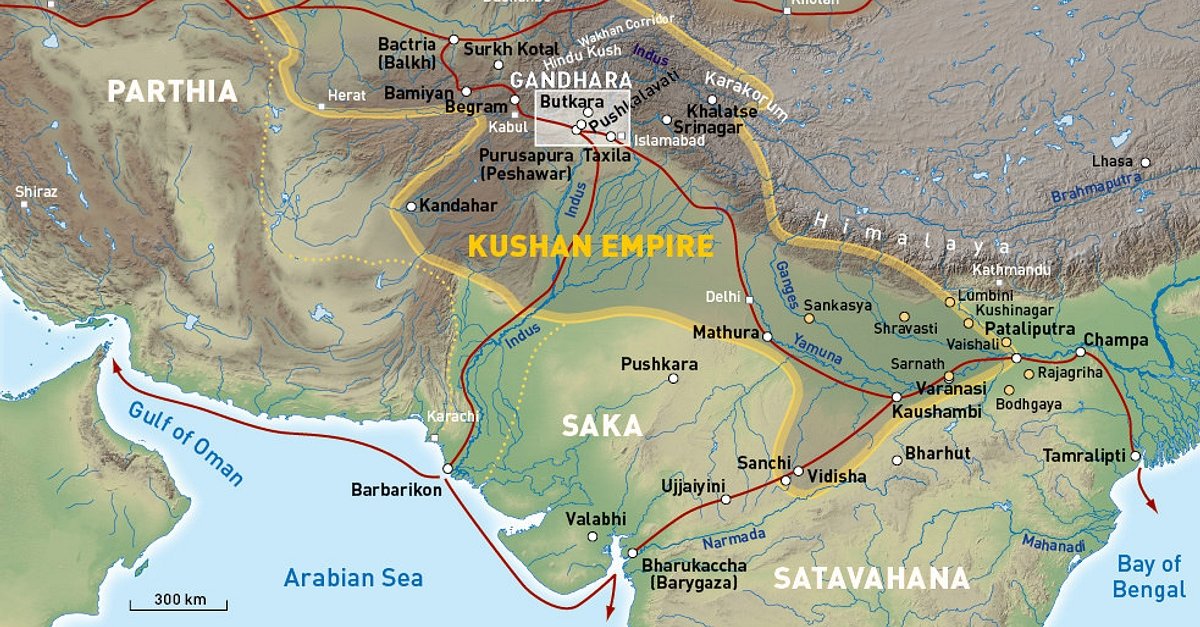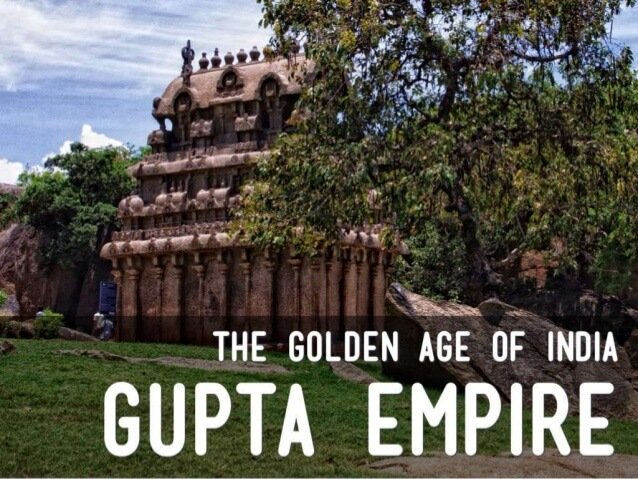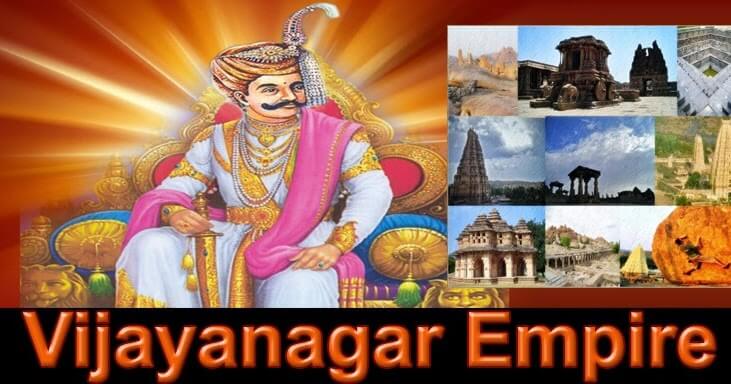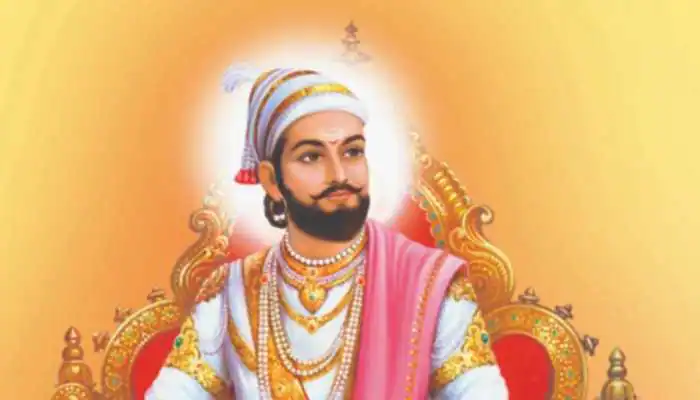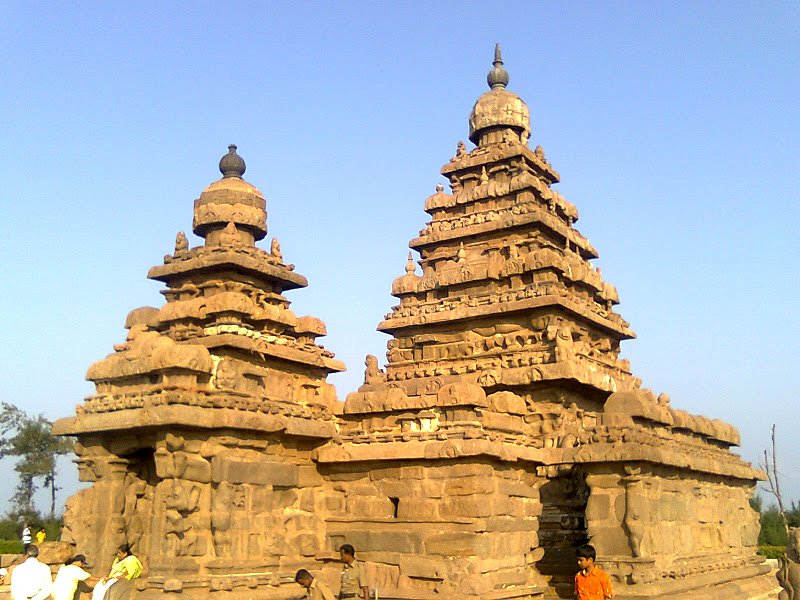- Home
- Indian Dynasties
- Mauryan Empire
- Ashoka
Ashoka
Ashoka
Quick Facts:
Name: Ashoka
Dynasty: Mauryan Empire
Reign: 268-232 BCE.
Coronation: 268 BCE
Religion: Buddhism
Predecessor: Bindusara ( Father)
Successor: Dasharatha( Grandson)
Sons: Mahendra, Sanghamitra, Tivala, Kunala, Charumati
Spouses: Devi, Karuvaki, Padmavati, Asandhimitra, Tishyaraksha
Father: Bindusara
Mother: Dharma or Shubhadrangi
Update on coronavirus in India
Ashoka was one the greatest rulers of the Mauryan Empire and a great follower of Buddhism. He was the grandson of Chandragupta Maurya. He was the last major emperor of the Mauryan dynasty.
Ashoka popularly known as” Ashoka the Great” was the most powerful ruler of the Mauryan dynasty who ruled most of the Indian subcontinent from 268 to 232 BCE. Ashoka means “painless without sorrow” in Sanskrit.
His father was Bindusara, and his mother was a low-class princess called Dharma. She was daughter of a poor Brahmin. She was very beautiful even the chief queen was jealous of her beauty.
After the war of Kalinga Ashoka felt miserable on seeing the bloodshed. He promised not to wage war anymore and followed the path of Buddhism. Later he dedicated his life to spreading peace and preaching of Buddhism.
He erected the Ashoka pillars everywhere and spread his edicts on the pillars. The National Emblem of India is an adaptation from his Lion Capital at Sarnath. Most of the information about Ashoka comes from his inscriptions and from Buddhists legends. The rock edicts and the pillar edicts are mostly dated for different years as a ruler.
Early life of Ashoka
Ashoka was born in Pataliputra in 304B.C. and died in 232B.C. He was the grandson of Chandragupta Maurya. His father was the second ruler of Mauryan dynasty Bindusara and mother was Dharma. His mother Dharma was the daughter of a Brahmin priest of the Kingdom of Champa.
Due to his mother, Ashoka received a low position among other princes. Born into a royal family, he was good at fighting and was very brave. Besides, he was very good at hunting which is evident from his ability to kill a lion from a wooden rod.
According to Ashokavadana, Ashoka had an elder brother namely Susima and according to Theraghatha commentary he had a younger brother called Vitashoka.
His brothers feared about him and so convinced their father to post Ashoka as a general to distant frontiers. Ashoka proved a competent general and became aware of his brothers as a rival for the throne. It is believed Ashoka killed all his brothers and became King.
when Ashoka was 18 years he was sent to Ujjain as Viceroy. This is the time when he met his first wife Devi who was daughter of a merchant from Vidisha. Ashoka had two children from this wedlock namely Mahendra and Sangamitra who were famous for spreading Buddhism.
Ashoka was called back by Samrat to Pataliputra. He went back alone leaving his wife and children as they belonged to a merchant family not fit to be princess. After returning he married Asandhimitra and was the chief queen.
Different sources mention about the five consorts king Ashoka had. They were Devi, Karuvaki, Asandhimitra, Padmavati and Tishyarakshita. However, Karuvaki is only mentioned in the inscriptions of Ashoka. In the inscription it is mentioned as the mother of prince Tivara. Some say that Tishyarakshita was the regnal name of Kaurvaki.
Ashoka as a King
Ashoka was one of the greatest rulers of the Mauryan Empire. In the beginning Ashoka ruled like his grandfather. Ashoka was disliked by his father Bindusara due to his rough skin. Sushima being the most loved son of Bindusara was apparently the next ruler after Bindusara.
When Ashoka turned 18 years his father Bindusara sent him to Taxila to put down the revolt. According to the sources it is believed that Ashoka was provided with an army of elephants, chariots and infantry but refused to pay any weapons.
It is understood that later weapons were provided through supernatural means. Upon reaching Taxila, the citizens of the place renounced the weapons and welcomed Ashoka to their place. The citizens informed Ashoka that their fight is only against the evil ministers and have nothing against him.
After his success at Taxila, Ashoka was called back and was sent to Ujjain. He also succeeded in Ujjain. According to Dipamvamsa and Mahamvamsa Ashoka fell in love with a merchant's daughter by name Devi. Some also say that she belonged to the Sakya clan. He married her and they had a son and a daughter by name Mahendra and Sangamitra. According to some legends Ashoka was first introduced to Buddhism by Devi.
When Ashoka was still in Ujjain, the people of Taxila started to rebel again. This time Bindusara sent Susima. Susima was working hard to control the rebels in Taxila when his father Bindusara fell ill.
He immediately ordered Susima to return to Pataliputra. However, all the ministers of Bindusara wanted Ashoka to be the successor which was refused by Bindusara. Upon Bindusara’s death Ashoka was crowned as the successor. When Susima returned to Pataliputra then Ashoka’s prime minister Radhagupta threw him to a charcoal pit and burnt him to death.
After he became the emperor Ashoka captured many kingdoms from north to south and east to west. He was constantly at war in the beginning of his reign. He expanded his empire across the Indian sub-continent including Iran and Afghanistan in the west and Bangladesh and Burmese in the east.
Kalinga, a place which is situated in the northeast never came under the control of Chandragupta Maurya or Bindusara. Ashoka decided to conquer Kalinga and hence decided to lead an army to Kalinga. Fierce battle took place between Asoka and the ruler of Kalinga. Thousands of soldiers laid their lives. There was bloodshed everywhere.
Kalinga War
The Kingdom of Kalinga was located towards the east coast. Kalinga had several ports and a skilled navy. It was one of the deadliest battles fought between Ashoka and the state of Kalinga.
One of the important wars in the history of mankind is the Kalinga war. This war changed Asoka from a fierce and cruel ruler to a follower of Buddhism. During the Nanda period Kalinga was under the Magadh Empire and later on became an independent state.
Kalinga state was very powerful with huge army power and soldiers. Chandragupta and Bindusara tried to conquer but could not because of its huge material prosperity due to trade relations with Malay and Ceylon.
Ashoka conquered Kalinga 8 years after ascending the throne. The Ashoka’s edicts state that more than 100,000 people, animals died during the war and around 150,000 were taken as captive.
Implications of Kalinga War
A fierce war was fought between Ashoka and the ruler of Kalinga for many days. More than 100,000 people were killed and 150,000 people were taken as prisoners. The next morning Ashoka went to see the aftermath of the war. He saw burnt houses, carcasses, wounded people and dead bodies everywhere.
There was blood shed everywhere. Many wounded people were crying in pain. There were many horses, elephants lying on the ground. Many people who had lost their beloved were crying and mourning. Even though Asoka won the Kalinga war, the bloodshed changed Ashoka. He returned to Pataliputra with a heavy heart.
Ashoka was grief stricken, he could not sleep at night as scenes of pain, bloodshed, and cries haunted him. Even his wife Devi who was a follower of Buddhism left him.
Architecture during Ashoka's period
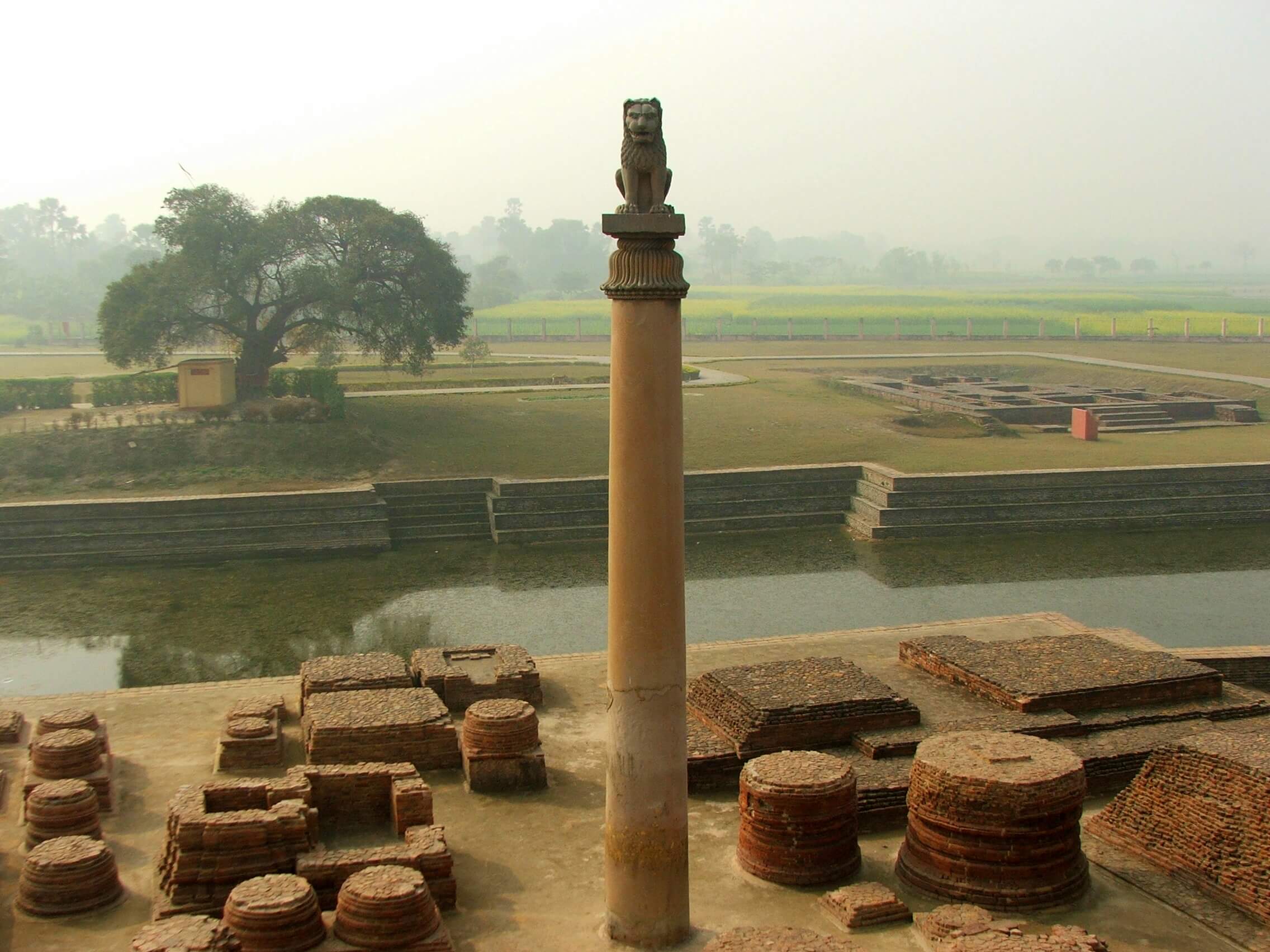
Ashoka built various stupas and viharas after embracing Buddhism. He also erected pillars at many places. Ashoka is given the credit of developing the stone architecture in India. Some of the famous stupas and pillars include Sanchi Stupa, Mahabodhi temple at Bihar, Barbara caves, pillar at Sarnath, pillar at Vaishali, Bharhut Stupa, Madhya Pradesh and many more. It is believed that Ashoka ordered construction of 84,00,000 viharas.
Inscriptions
The 33 inscriptions on the Pillars of Ashoka are the edicts of Ashoka. These inscriptions are also found in some of the caves, boulders during his period. The inscriptions give us some information about the spread of Buddhism during his period.
One can see the inscriptions near the important routes and religious places. However, the inscriptions are not found in major cities like Pataliputra, Ujjain, Taxila where Ashoka worked more prominently. It is believed that Ashoka passed the message to his provincial governors who passed these messages to other officials in their territory.
Buddhism
Ashoka, who was a conqueror, embraced Buddhism and started preaching Ahimsa. He devoted the rest of his life to preaching Buddhism. He preached Dhamma Vijaya.
The word Dhamma is the Prakrit version of the Sanskrit word Dharma. Ashoka's Dhamma is a philosophical entity that emphasizes on high ideals in order to lead a successful life. The principles of Ashoka Dhamma are present in the form of various rock edicts in Brahmi language.
Ashoka appointed Dharma Mahamatra who were basically officers to spread the principles and ideologies of Buddhism worldwide like SriLankan, Burma, Southeast Asia. Asoka traveled intensely worldwide preaching the principles of Buddhism. The Buddhist emperor built many Stupas and Viharas for people.
The most famous among them are the great Sanchi Stupa, Asoka pillar at Sarnath has a four-lion capital. After embracing Buddhism, Ashoka abolished the slaughter of animals and became a vegetarian. He treated everyone equally and with love. Ashoka sent his missionaries to various places. Few among them are:
- Kashmir- Gandhara Majihantika
- Mahisamandala
- Vanavasi
- Egypt, Macedonia, Cyrene, Greece.
After ruling for 40 years with harmony, humanity, love, non-violence, Ashoka died in 232B.C. and thus came to an end to the Mauryan Dynasty. Many rulers who came after Ashoka in the Mauryan Empire were insignificant. The Kalinga war had indeed a very great and positive impact on Ashoka. Ashoka embraced the path of peace and ruled with justice and mercy.
Ashoka's Dhamma
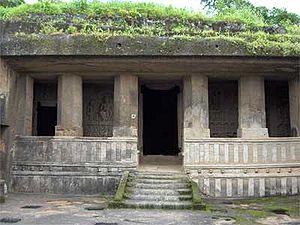
According to Ashokvadana and Mahavamsa Ashoka built around 84,000 stupas and Viharas. Some of the Ashoka’s rock edicts mention that the king toured the Bodhi tree and started spreading dhamma during his eighth or ninth year.
He undertook many social welfare activities like digging wells, giving medical treatment for humans and animals and many more activities.
He went out on periodic tours to spread the preaching's of Dharma. Ashoka tried to solve the problems of people through the policy of Dhamma. He started practicing vegetarianism in the royal court and banned animal sacrifices which were not required.
To implement the Dhamma policy he appointed Dharma Mahamatras. He further ordered those matters relating to the public be reported to him at all times. By 12th year in throne, Ashoka started inscribing edicts to spread dhamma. Some of the basic principles of the Dhamma were to
Maintain a good and moral character,
Not to be selfish
To behave kindly and gently with all the living and nonliving things in the world.
To respect other's opinion and decisions
To maintain peace and harmony
Ashoka's Edicts
The edicts are the inscriptions on the pillars and the rocks to spread Buddhism. The edicts were divided into four categories according to the size either as minor or major. The minor rock edicts were inscribed at the beginning of Ashoka’s reign.
The major rock edicts are the 14 edicts found in Odisha and the Major 7 pillar edicts were inscribed at the end of the reign. The 14 major rock edicts explain how to run the kingdom in a peaceful way. The 14 major rock edicts are:
1) It prohibits animal slaughter for any festival
2) Medical care for all living organisms including humans and animals. Also, social welfare schemes like construction of roads and tree planting.
3) One should respect parents, monks, Brahamans and Sramanas.
4) The killings of animals were stopped. Monk's travel all around preaching the principles of Dhamma.
5) To appoint Dhamma Mahamatta for the welfare and happiness of the poor and aged.
6) Welfare of all beings and to work for their happiness. He encouraged people to bring any kind of problems to him at all times. The second part of the edict deals with speedy administration and transaction of smooth business.
7) A plea to tolerate all religions and sects. TO maintain unity and peace tolerance towards other sects was important.
8)The emperor undertook Dharmayatras to come in contact with different sections of people in the empire.
9) Respect and practice of Dhamma was more important than celebrations performed after birth, marriage or before going for a journey.
10) Denounce fame and glory if people do not respect Dharma.
11) To show respect to elders and to abstain from killing animals.
12) Another appeal for tolerance towards other sects. He considered preaching Dharma is the best gift to give others.
13) The rock edicts request people for conquest of Dhamma instead of war.
14)Purpose of the Rock edicts that have been written.
Truly Ashoka was one of the greatest rulers in the History of India. The edicts and the inscriptions on the pillars are very important rules to succeed in life.
Affiliate Disclosure:
If you make any purchase via a link on this site, I may receive a small commission with no added cost to you.
